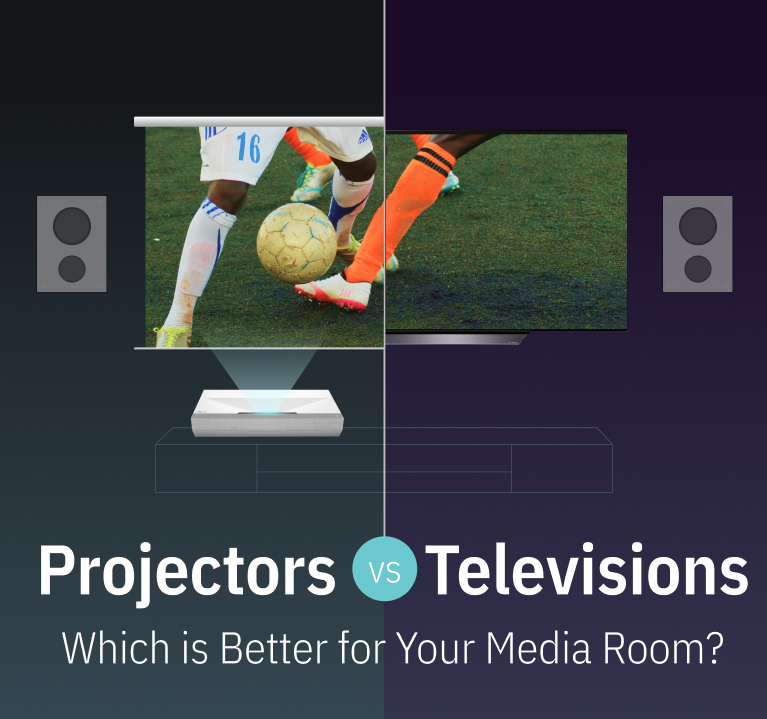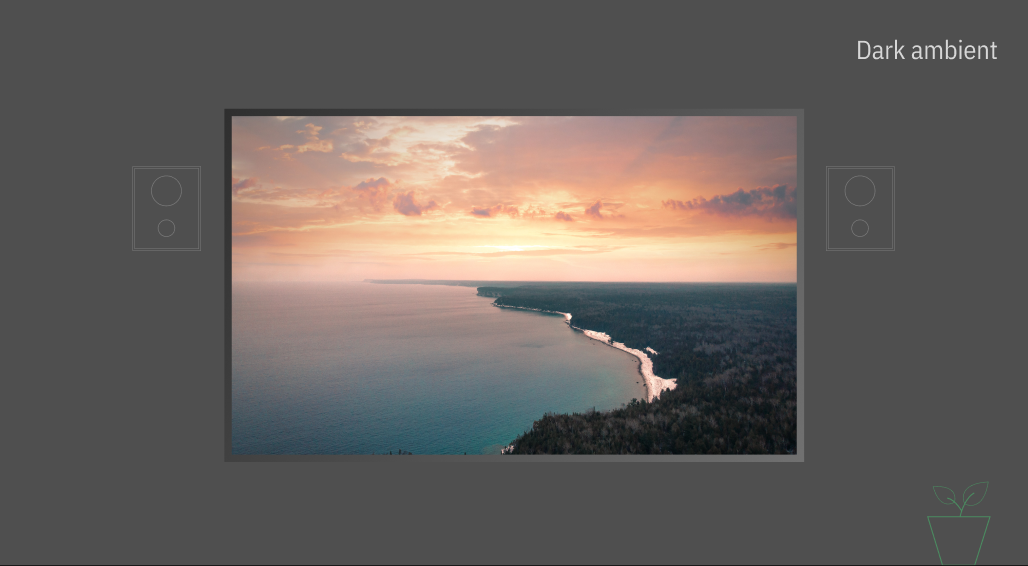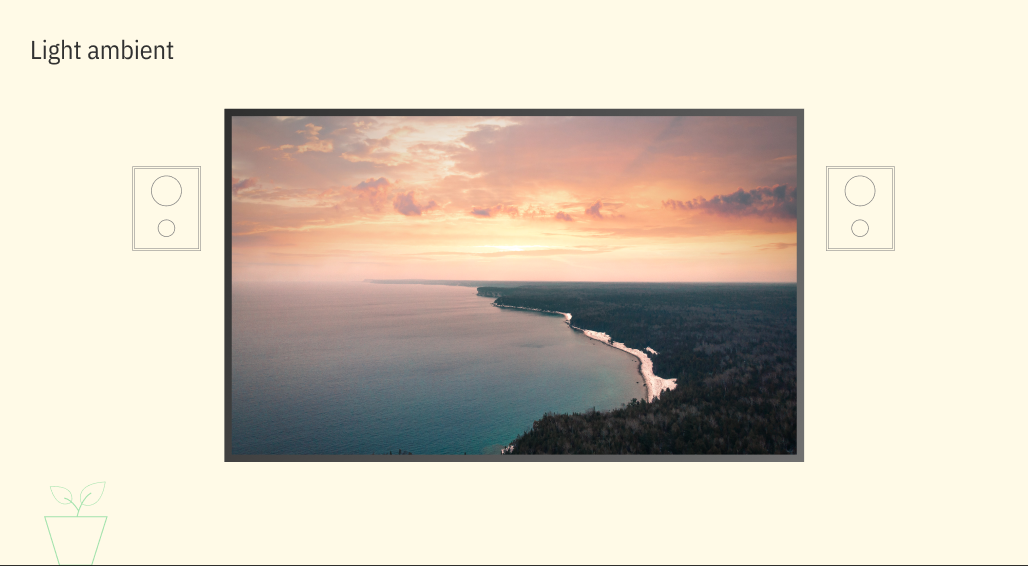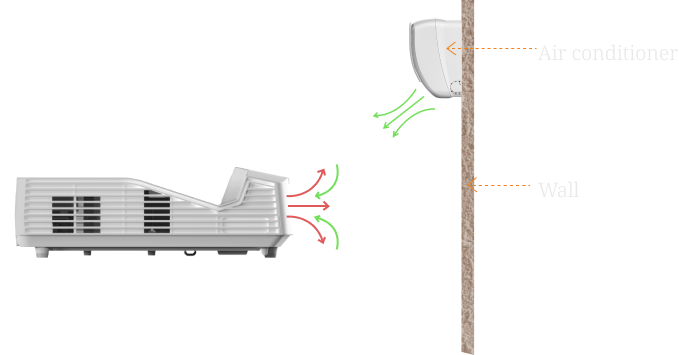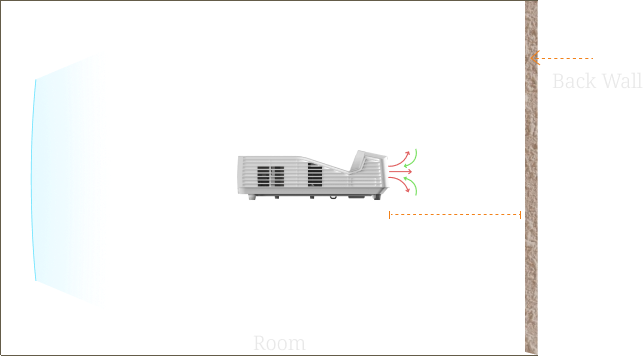Whether you already have a dedicated home theater space or media room in your home, are looking to fill a wall or transform a space, buying a large screen TV or projector is a fantastic way to bring these areas of your property to life.
Buying high-end tech for your home has never been more straightforward. You can find great deals online or drop into your local consumer electronics store, and for less than $1,000, find yourself with a cutting-edge TV screen. For a few hundred dollars more, you might even find yourself with a sound system to give you an even more immersive home theater experience.


You also have the option of choosing a projector. This gives you the potential to have a giant screen but will mean you don’t get to take advantage of smart TV features. It may even lead to sacrificing some of the audio quality, depending on your overall setup.
In this guide, we’re going to look at the pros and cons of choosing one or the other and at how you can make a decision based on your home theater’s configuration, the space you have, and your budget, among other factors.
By the end of this guide, you’ll have a fantastic idea of the best solution for you!
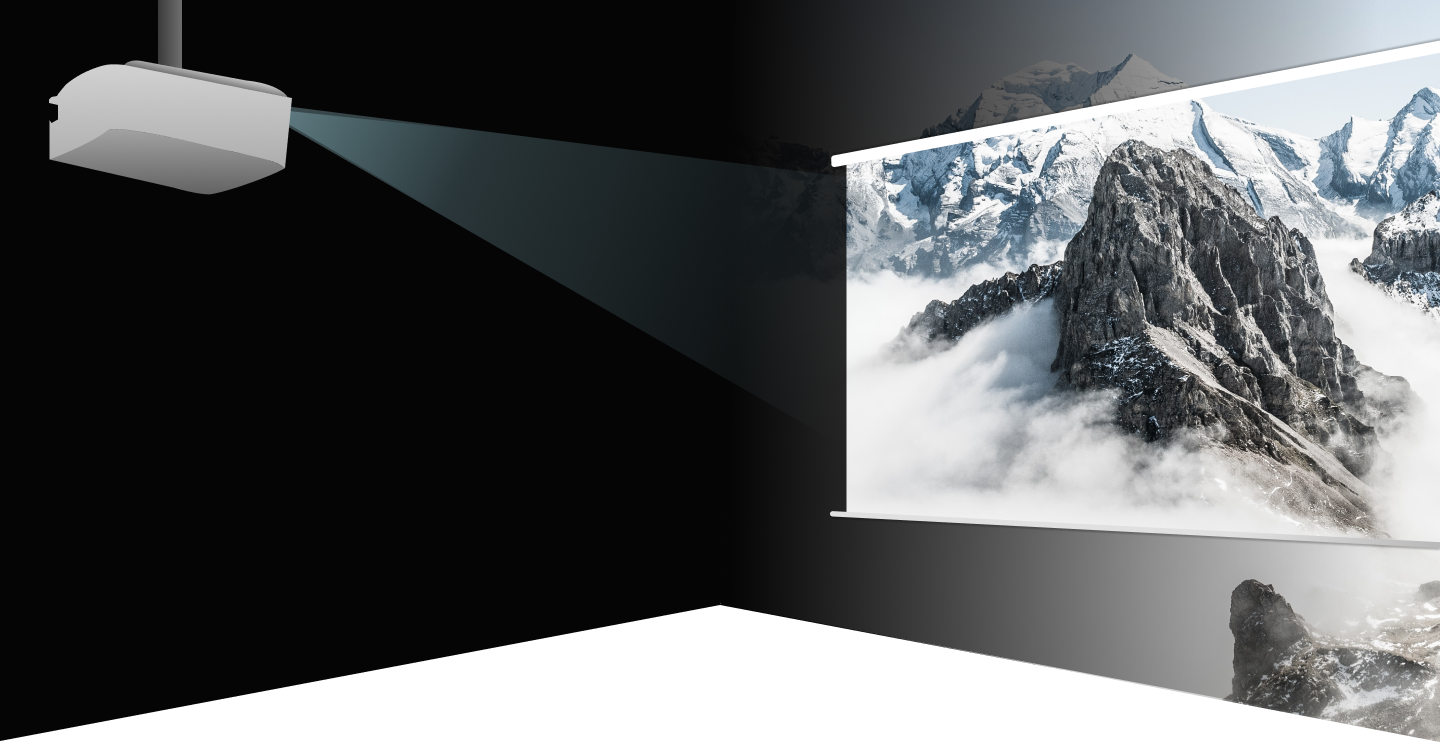
Which is Better for Your Media Room?
Before we get into a like for like comparison, it pays to know exactly what you’re looking for in a good projector.
We have previously looked at what you might need to think about when choosing between an OLED or QLED TV. If you’re creating a home theater space in your home for the first time or you’re unfamiliar with current technology, we suggest you spend some time reading that guide, too.
To ensure you’re fully informed, let’s consider what makes a good projector, so you have as comprehensive a basis as possible for comparing and making a decision.
We’ll revisit some of these points as we move into the comparison. Still, you can treat the following section as a mini buying guide for your projector should that be the route you ultimately take.
Brightness
If you’re used to buying high-end TVs, you might be used to following the “brighter is better” mantra. However, that isn’t necessarily the case when it comes to projectors.
brighter
IS
better
However, that isn’t necessarily the case when it comes to projectors.
Well, the light intensity of a projector can actually become pretty tiring to watch.
Imagine spending thousands of dollars creating your home theater space and buying a projector only to discover you find it tiring to watch! You’re looking for a projector that balances being bright enough to light your screen with not being so bright it gives you a headache.
When shopping around for a projector, you’ll typically find these rated in lumens. Opt for a projector that delivers a brightness of 1,300 to 1,500 lumens if your home theater space is darkened. Go a little higher if you’ll put a projector in your main living space, and there will be ambient light to deal with. However, you can steer clear of the brightest and most powerful projectors, which will save you a reasonable sum of money, too!


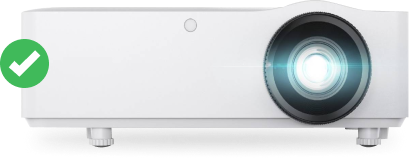
The screen you’ll use
While the screen you’ll use is a separate product and consideration from the projector itself, you won’t ever buy one without the other, so think about the screen you’re going to use with your projector.
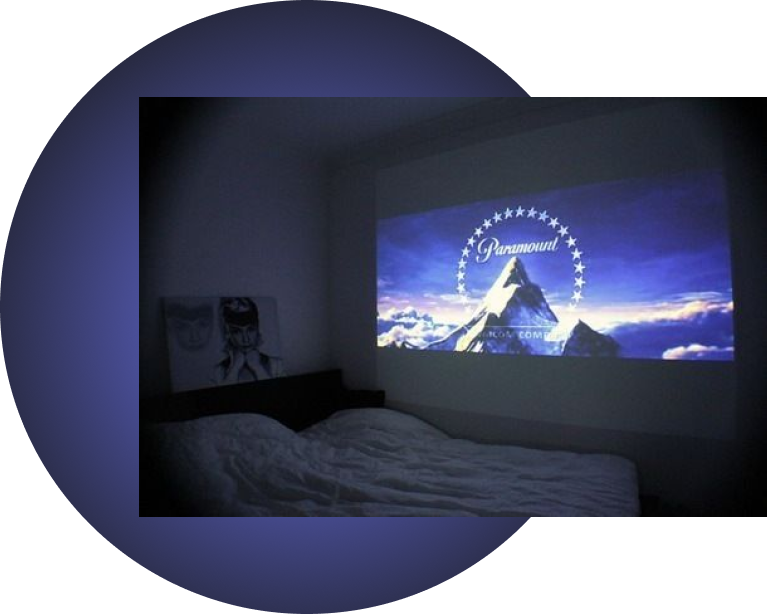
This is the budget option and can look pretty cool, but it also might leave a lot to chance. For example, any marks on your wall, or if your wall isn’t perfectly flat and aligned, will spoil your viewing experience. However, you can also buy special reflective paint specifically designed to use with projectors if you wish to go down this route. One downside of this option is that it will rule out using a rear projection device.
This is the budget option and can look pretty cool, but it also might leave a lot to chance. For example, any marks on your wall, or if your wall isn’t perfectly flat and aligned, will spoil your viewing experience. However, you can also buy special reflective paint specifically designed to use with projectors if you wish to go down this route. One downside of this option is that it will rule out using a rear projection device.
projector screen
You can buy fixed projector screens that sit permanently on your wall (again ruling out rear projection). Alternatively, you could opt for a portable projector screen that sits on a tripod and can be opened for use whenever you want to watch something.


The most expensive option, but the one that undoubtedly works and looks the best in a home theater setting. Motorized projectors will typically come with a remote, meaning you can lower it when you want to watch a movie or TV show. These can also be useful if your home theater space or media room is a multi-use space in your home.
Connectivity
In general, the more potential connections you have for your projector, the better.

One practical consideration you’ll need to make is how you’ll secure and make wiring discrete if you have several connections running to your projector. Your projector’s position may also mean you have to position furniture in such a way that you can easily remove any temporary device connections, like USB drives. Finally, if you will “hardwire” in connections, you’ll need to make sure you’re happy with your media room setup, as it won’t be easy to move things around!
Throw distance and
zooming capability
The throw distance of a projector is the optimum distance between the projector and the screen.
Depending on the space available and the size of screen you’ll be able to use, you might be able to save some money on your projector by purchasing a model with lower zoom capability.

If you opt for a projector with a range of zoom settings, look for models capable of zooming in without compromising picture quality.
Projector bulb
replacement needs
Replacing your projector bulbs will be an ongoing maintenance need and expense for any projector.
Aim for energy-efficient projectors that reduce the frequency with which you need to buy and replace your bulbs!
Fan noise
We’ll look at ventilation needs for TVs vs. projectors shortly, but all projectors will have a fan inside.
In general, cheaper models will have louder fans, which may impact your media experience. Higher-end models may include more advanced technology to help them regulate their heat and have quieter fans.
impact your media experience.
Dedicate some time to checking out the fan noise levels when choosing a projector to ensure you don’t inadvertently end up with an unwanted background hum!
A note on short and ultra-short
throw projectors
When shopping around for a projector, you might find yourself looking at short and ultra-short-throw projectors.
These projectors can be placed close to your screen and produce pictures as large as 100-inches from as little as one meter from your screen!


In the past, these were worth considering less if you were limited on space and more if you wanted to make use of the technology. However, price reductions in recent years mean they’re now a great choice if you don’t have much space in your home theater or media room. With these spaces often found in a basement or attic, they could guarantee an exceptional experience!
Understanding different
types of projectors
Just like when you buy a new TV, there are several types of projectors out there.
Knowing what you’re paying for is crucial to ensuring you get the best possible result for your media room.

DLP Projectors are your best bet if you put a premium on picture quality but need to keep budget in mind.
These projectors especially come into their own when it comes to sharpness and detail in fast-moving action sequences. Potential downsides of DLP projectors are that they tend to be bigger and noisier. You might also find yourself needing to invest in a higher-end projector to avoid your pictures having “rainbow trails” on screen.
LCD Projector technology has improved in recent years, with general picture quality now on par with DLP projectors.
However, LCD projector bulbs tend to wear out quicker, black colors don’t display as well, and you can sometimes see the pixel structure on your screen.


LCOS Projectors deliver the best contrast ratios and resolutions of all projector types.
However, these qualities come at a cost, with LCOS projectors typically the most expensive around. At the same time, LCOS projectors are often not as bright as DLP or LCOS models, but this might not be an issue if your home theater or media room is darkened.
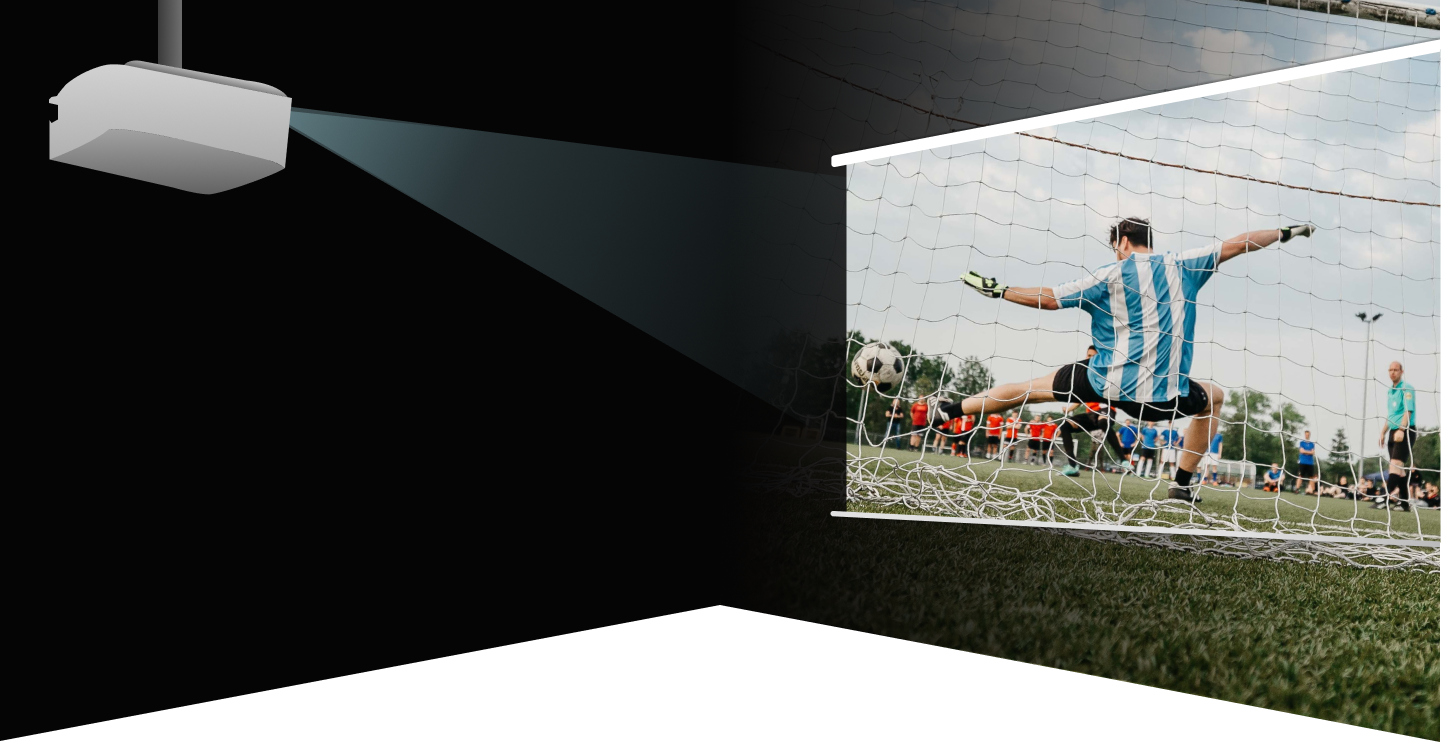
Choosing between
a projector & a TV
Now you know a little about projectors, let’s compare them with TVs to help you understand the best choice for your media room.

Of course, each aspect will depend on the quality of tech you buy. A high-end projector will usually always beat a budget TV, and vice versa, so we’re assuming all else is equal, and you’re comparing equally high spec products in making your decision.
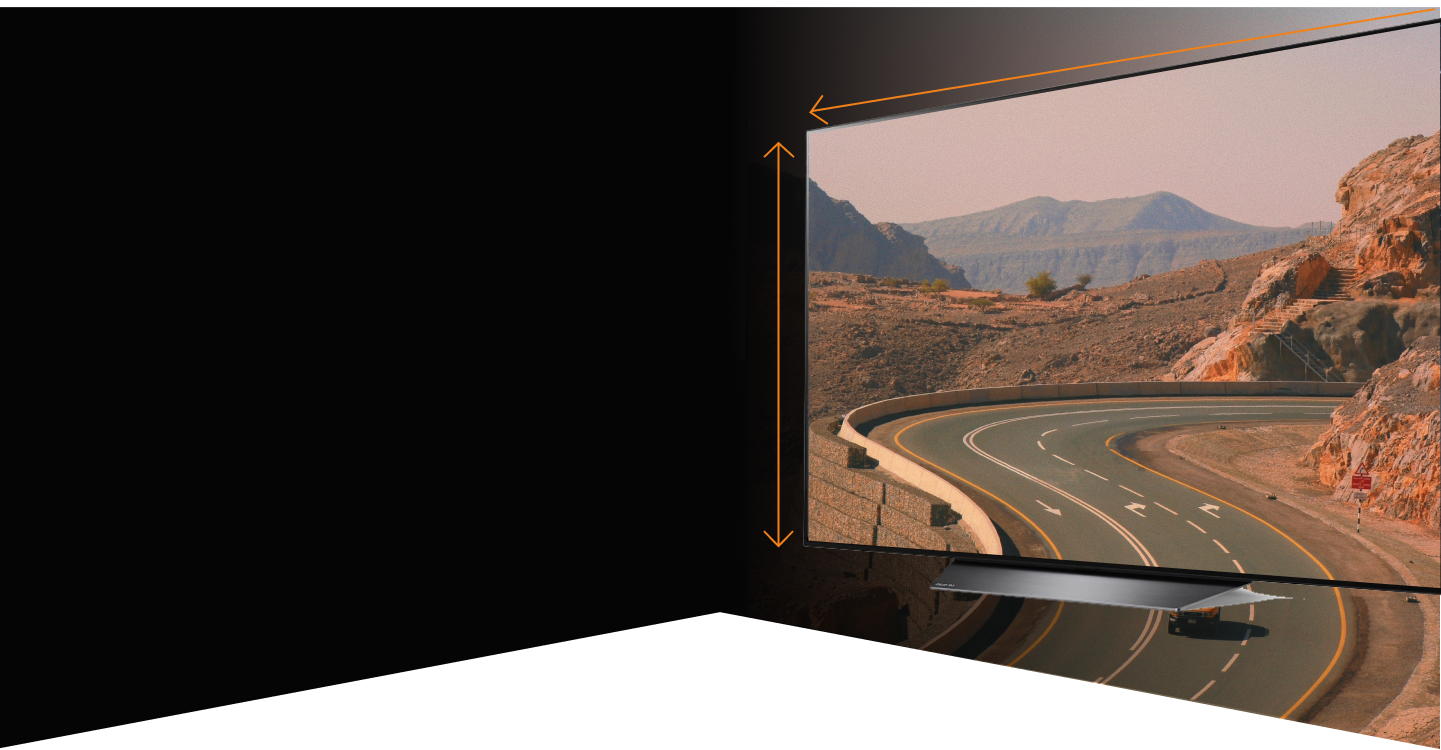
Screen Size
This is a nice and easy start to comparing TVs and projectors!
While modern TVs with a screen size of 100-inches are now available, projectors remain king when it comes to size for a few reasons:
The cost of a larger screen TV goes up the bigger the screen is. In contrast, prices for high-quality projectors are relatively low, while 100-inch (and larger) screens are relatively affordable, too.
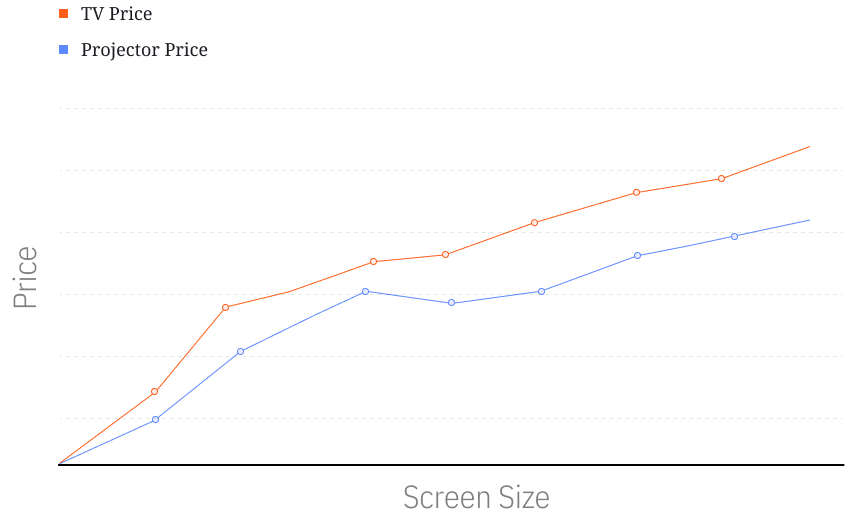
Despite advancements in TV technology, you might still notice a difference in picture quality between a top-end projector and a large screen TV.
Opting for a larger screen projector will enable you to enjoy greater detail in your picture, especially at 4K resolutions and if your viewing distance is relatively close to the screen.

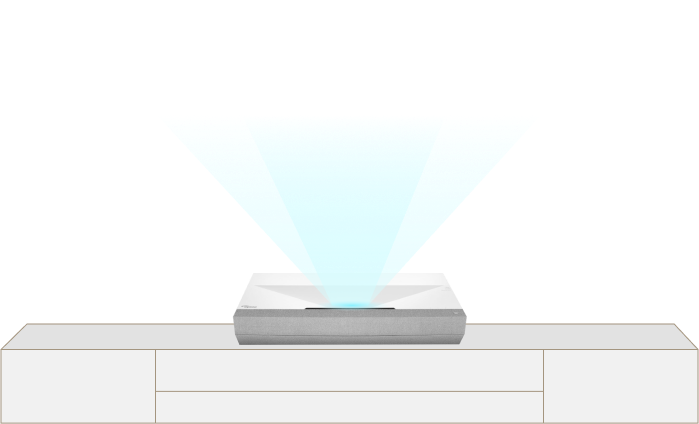
If you’re watching content filmed with a 2.35:1 aspect ratio, the picture will look more natural on a screen than it will on a TV where “letterboxing” is employed.

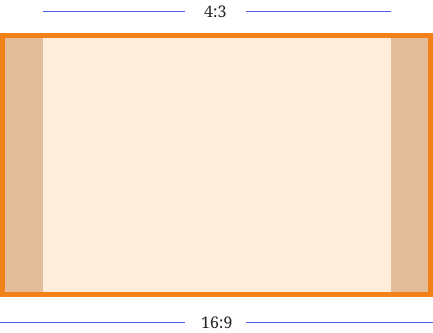
The size of your home theater or media room will also come into play here, as will whether your room is multi-functional. In smaller rooms or multi-functional spaces, a TV can be a better bet as it will be less overbearing on the rest of the room.
However, if you have no space constraints, get the biggest and highest quality screen you can with a 4K projector!
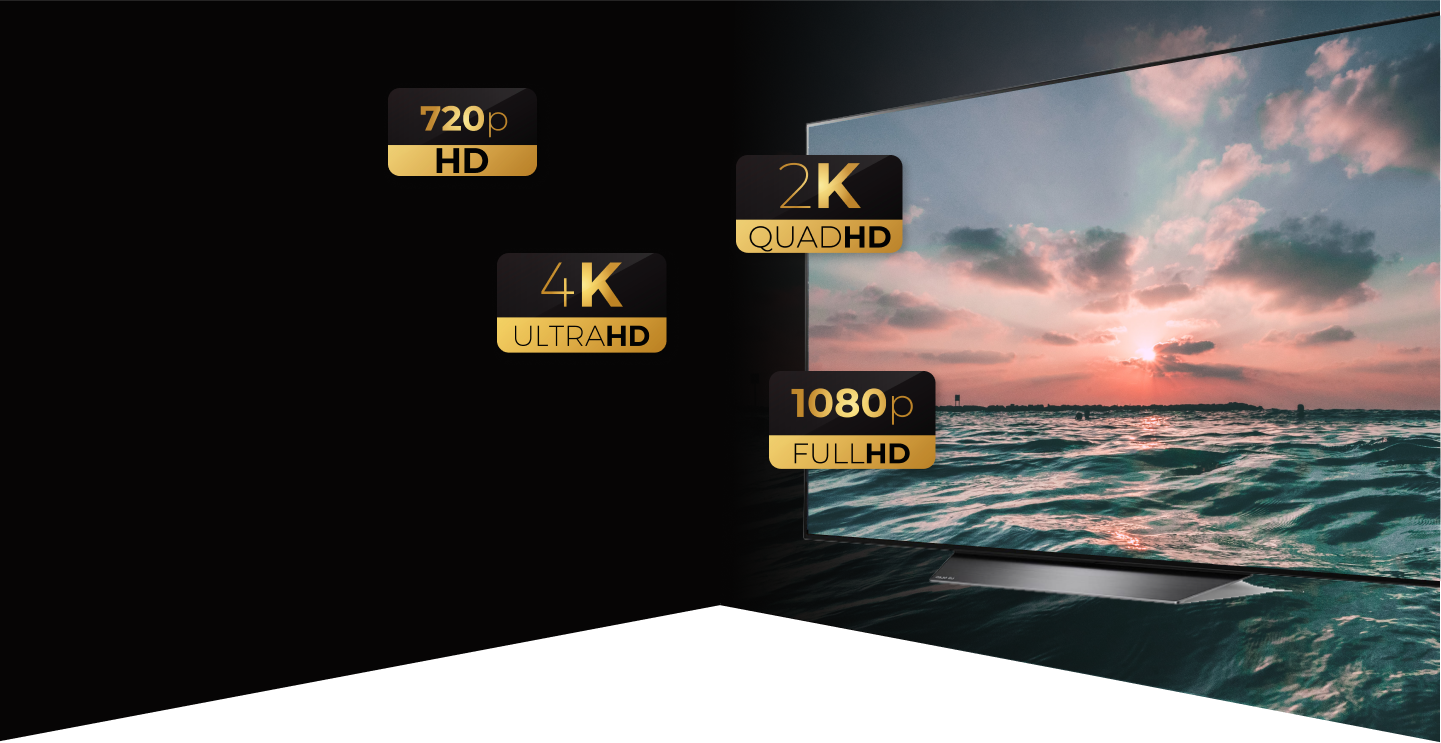
Screen performance
In addition to getting a far more detailed picture from a 4K projection onto a 100-inch screen vs a 50-inch TV, there are several further considerations you should make around screen performance.
This is where your comparison can get complicated, as different elements of screen performance can be better on either type of display.
Brightness
Brightness is a tricky one as what you need really depends on your environment.
If there’s lots of light coming into your media room, then even a high-end projector can feel sub-standard. In addition, you need to keep in mind that brightness is one of the things that can quickly ramp up the price of a projector. As such, you can end up paying a lot of money for a projector that doesn’t feel like it’s giving you much brightness at all.
On the other hand, a TV will deliver a consistent performance most of the time, albeit you might need to think about ambient light reflections, too.
We’d say opt for a TV by default. However, you should read on to learn what you need to consider in ambient light and how to potentially deal with this.
Contrast
TVs are easily the better option when it comes to contrast quality.
This is because OLED TVs can give you pure black color (as the LEDs switch off). In contrast, projectors have to create and project black, delivering less intense color and taking the edge off darker scenes.
Color Accuracy
If we’re looking at color accuracy from a value perspective, a TV will give you more for your money.
That said, you can end up paying a premium for the best quality color from your TV due to the processing power needed to deliver it. That said, projectors aren’t far behind in terms of quality, but you’ll again need to spend a little more to get the very best color experience.
At the highest end of the scale, it’s going to be easier to find an 8K TV than it is an 8K projector.
However, with relatively little content actually available in 8K, we suggest you save your money and opt for a 4K device, whatever you ultimately choose.
If you’re happy with HD or have space constraints around the size of the screen you can have, opt for a TV.
Unless you’re sitting up close to a TV screen around 60-inches in size, you won’t notice any difference between HD and 4K anyway, so save yourself the money and spend it on something else!

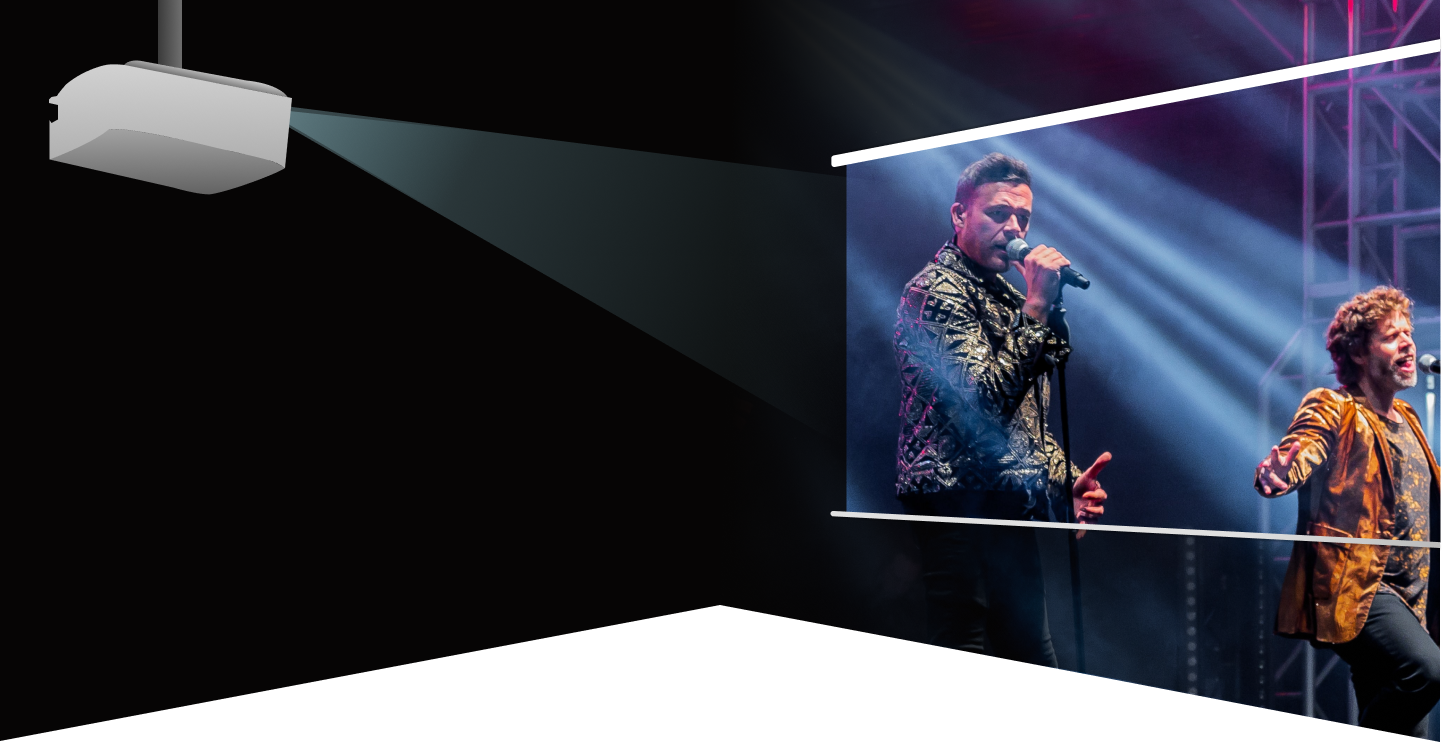
Sound system
considerations
You’re probably already jumping up to tell us that TVs are obviously better because they have built-in speakers.
That’s true, as projectors that have speakers will typically have a single mono speaker. Who on earth wants to watch a movie or play a videogame with mono sound?!
However, the truth is that the sound from both your TV and projector are massively sub-par in comparison to having a surround sound system. If you’re looking to build an authentic home theater experience, then you’ll either already have a surround sound speaker setup or be planning to buy speakers right after you’ve decided whether to buy a TV or projector.

TVs have built-in speakers
Projectors have a single mono speaker
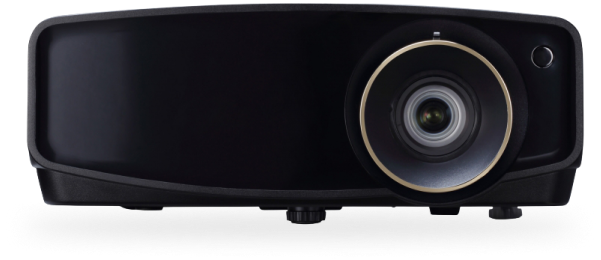
However, the truth is that the sound from both your TV and projector are massively sub-par in comparison to having a surround sound system. If you’re looking to build an authentic home theater experience, then you’ll either already have a surround sound speaker setup or be planning to buy speakers right after you’ve decided whether to buy a TV or projector.
Because if you have any type of projector screen that isn’t fixed flush to your wall, you can place your front speakers behind the screen.
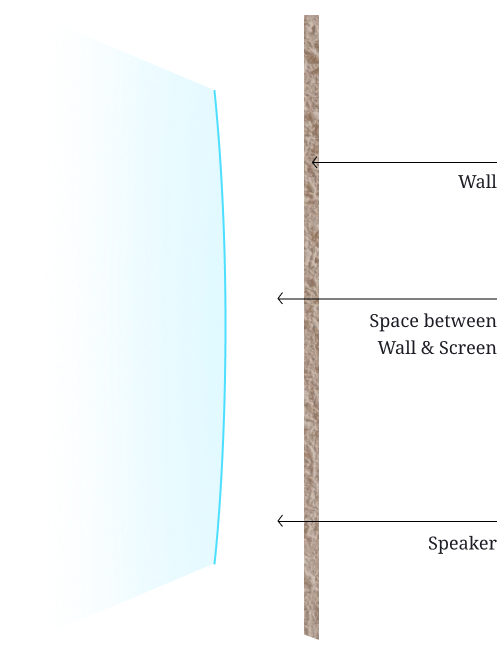
Firstly, this will enable you to achieve a far superior sound balance than you would otherwise be able to. Second, it also means you can focus on buying the speakers that deliver the very best sound quality. Second, it also means you can focus on buying the speakers that deliver the very best sound quality. Any experienced speaker buyer knows the best sound doesn’t always come from the most aesthetically pleasing speakers! All you need to do when buying your screen is ensure that it’s an acoustically transparent model. Such products should be easy to find and shouldn’t cost too much, if anything, more than an equivalent, non-acoustically transparent screen.
You will also need to consider what opting for a projector will mean in terms of wiring up your surround sound system.
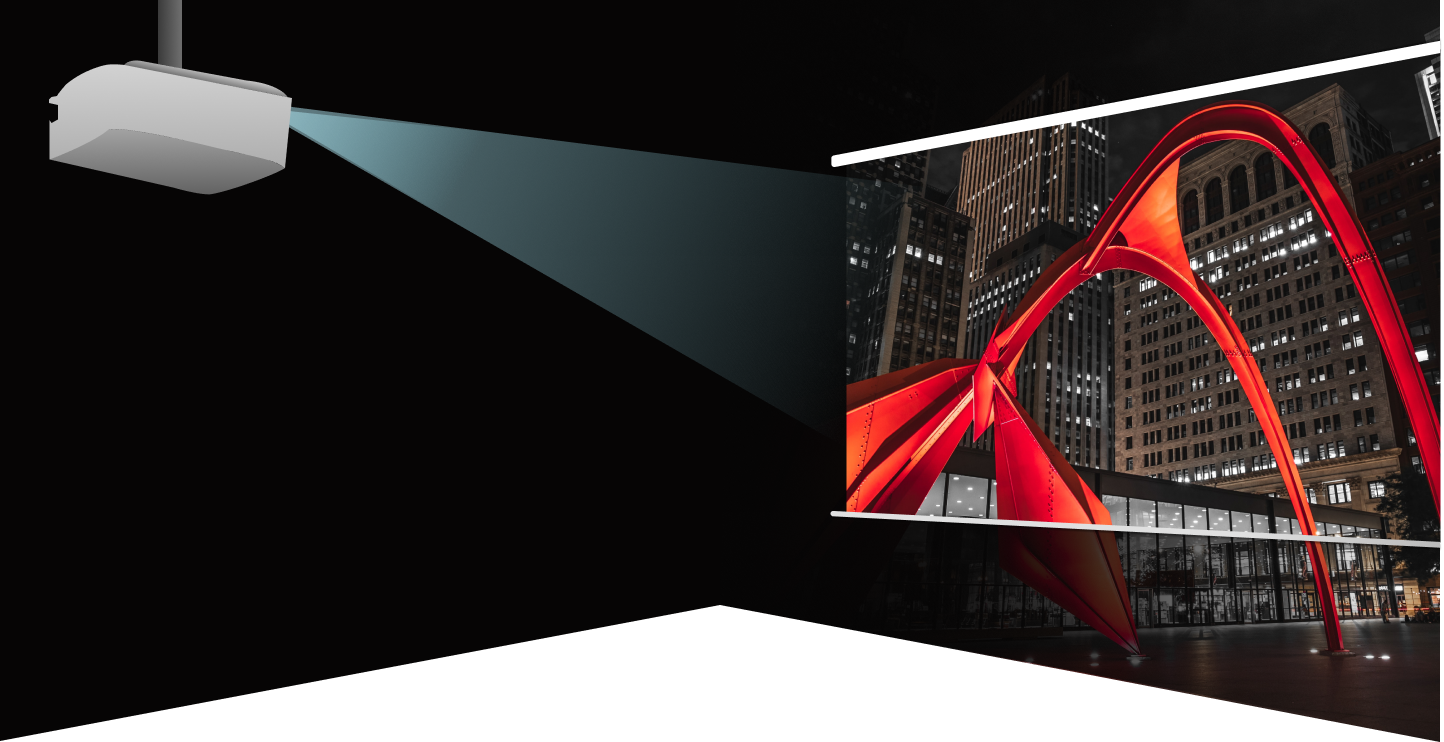
Dealing with
lighting issues
External and ambient light is the enemy of any showstopping home theater or media room experience.
If you come down on the side of buying a TV, our TV comparison guide contains all the information you need to help you buy a TV if ambient light is a factor in your buying decision. There are a few scenarios and “what ifs” to discuss here, so the answer to which is best depends on your circumstances.
Ambient light will cause the colors to seem washed out on your projector, leading to a dimming of the picture and a massively diminished viewing experience.
TVs tend to reflect ambient light, or the color of your drapes and blinds if you try and block out the light with those!
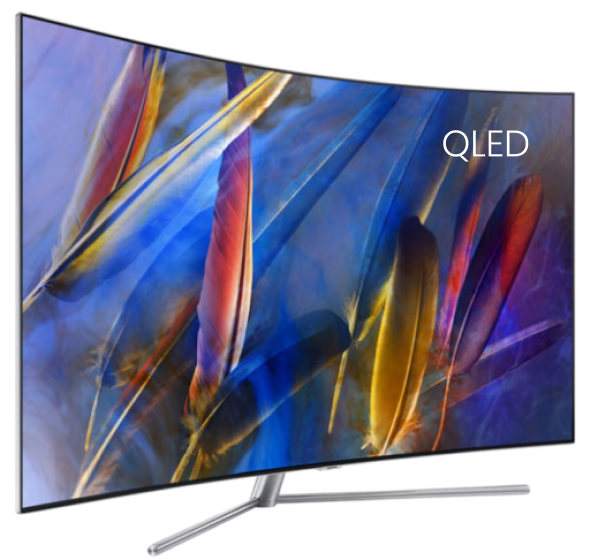
If you can’t do anything about external light, go for a QLED TV.
If your home theater or media room doesn’t have any windows
If your home theater or media room doesn’t have any windows, opt for a projector, which will deliver a better viewing experience in a darker surrounding.
If your home theater or media room has windows
If your home theater or media room has windows and isn’t a multi-use room in your home, pay for window and door treatment solutions that will block out as much light as possible. If you can do this, it may make a projector the best option, but opt for a TV if you’ll sometimes view “by light.”
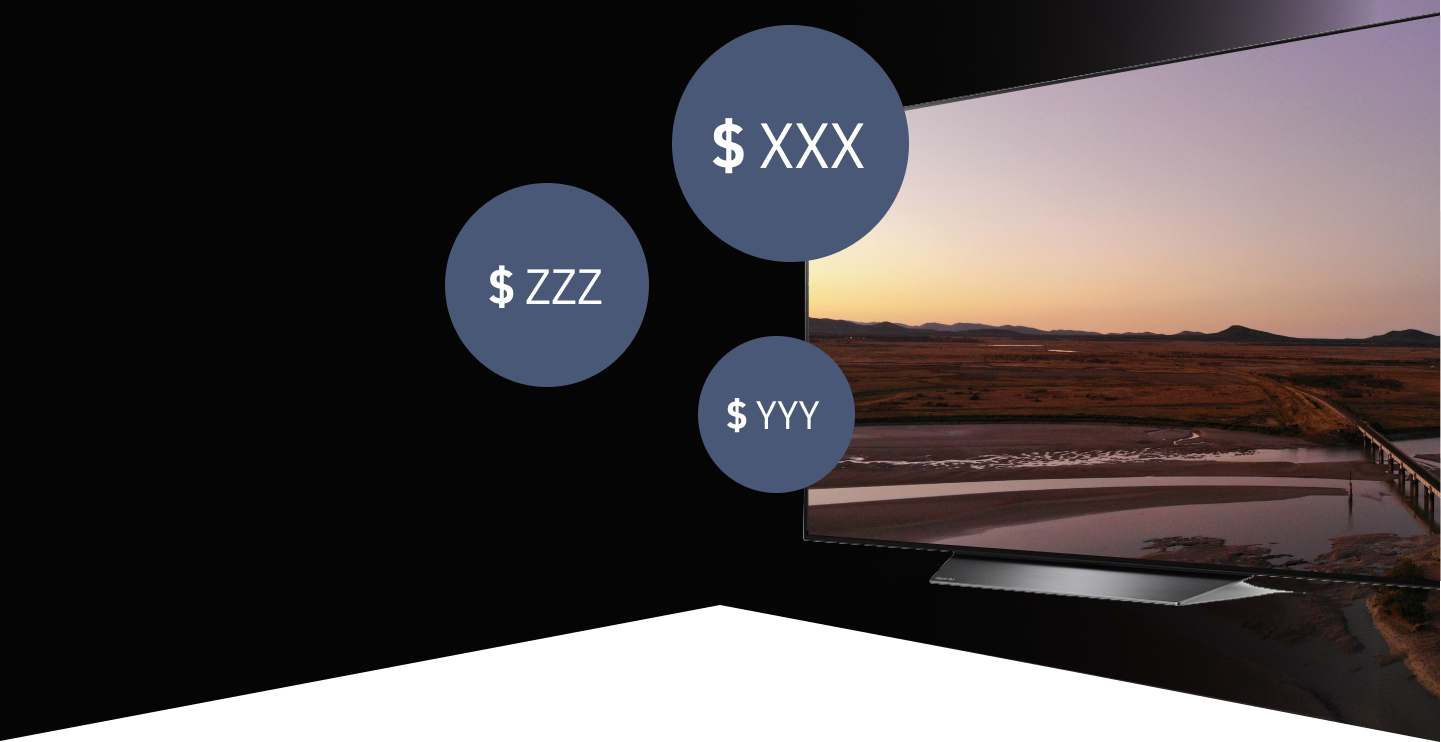
Price
Were we writing this guide a few years ago, if you were buying purely based on wanting the most giant screen possible, we would tell you to buy a projector.
Not only that, but we probably wouldn’t worry too much about the rest of the guide. The cost of a new TV was so high compared to projectors for similar quality that it was simply a no-brainer!
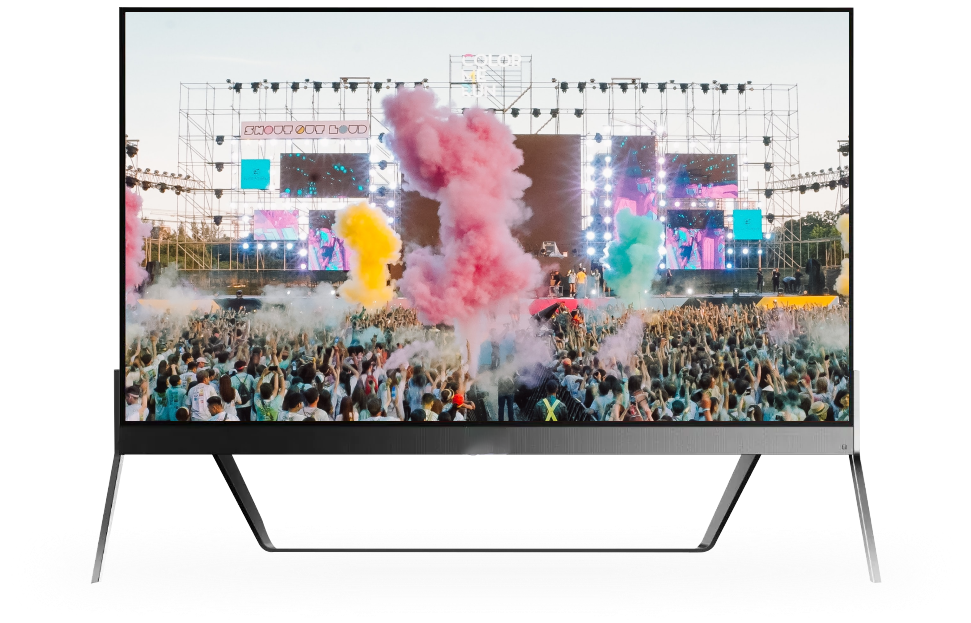
- Comes with JBL speakers to produce 2,000 watt audio
- 4GB of RAM and 120GB of SSD storage
- Powered by up to Intel Core i5 processor
However, there is now a debate to be had. The smart features of TVs, along with their convenience – see “Ease of Installation below” – can make paying out a few hundred dollars extra seem like small beer. The technology you’ll find in TVs also tends to be better these days, so if you take a position of “you get what you pay for,” then a TV might feel like it’s worth paying for.
We’re going to 100% sit on the fence here and say it’s up to you. Purely on price, a projector and screen still edges it and is hands down the best choice if you’re looking at a 100-inch plus screen. Still, a TV is potentially better value depending on your circumstances.
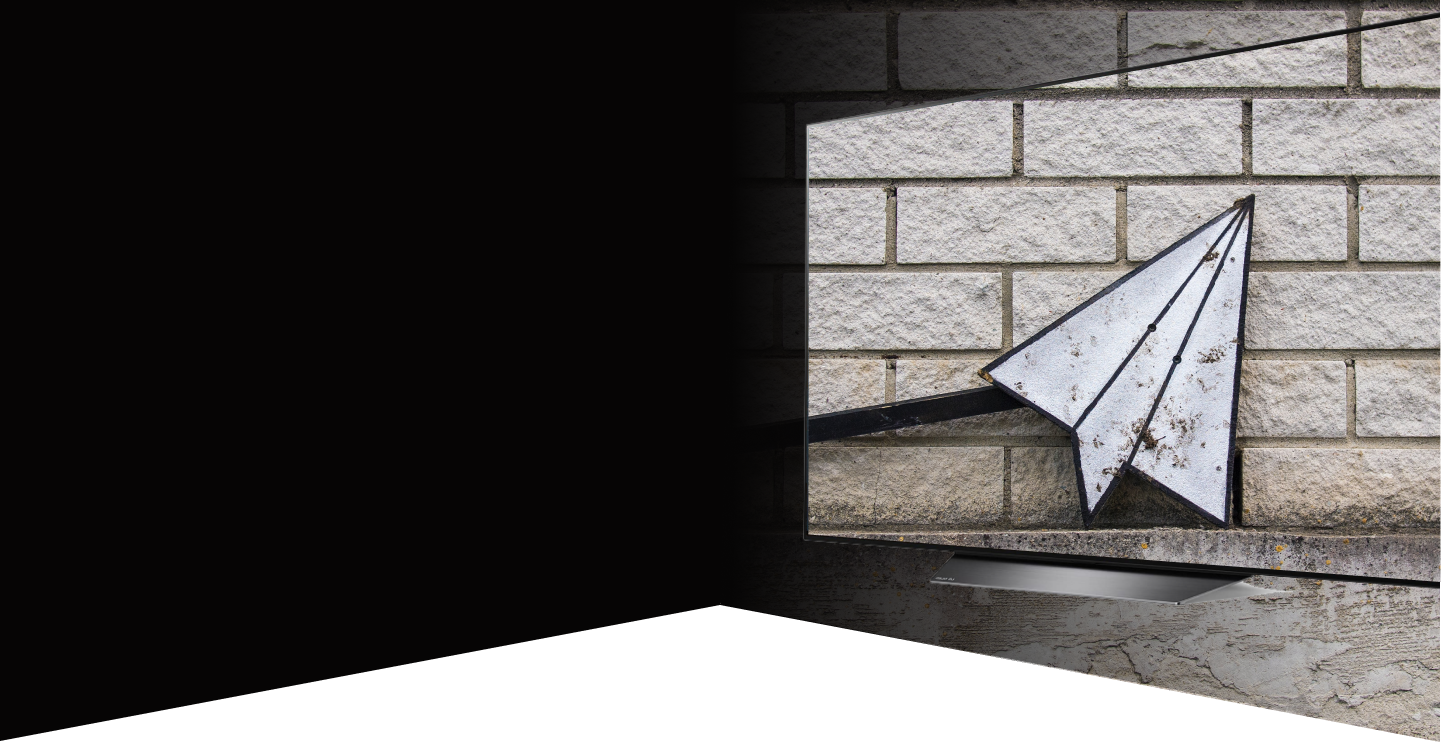
Ease of installation
A new TV is more straightforward to install than a projector.
Getting a TV from the consumer electronics store into your media room may feel stressful when doing it yourself. However, you can get the vendor’s tech crew to bring it into your home, install it, and even mount it on your wall if you want.
If your TV sits on top of a cabinet, you’ll usually have your Blu-Ray player, games console, and anything else nearby, and they’ll all plug into your TV. You can then control all of these using your TV remote, delivering long-term convenience as well as easy installation.

In contrast, projectors can be a little trickier to install.
You’ll need to think about the projector type you need and the screen you’re going to use, as we discussed earlier. You’ll also need to consider the positioning of your projector in your room. We strongly recommend leaving projector installation to the pros, as mistakes aren’t as easy to fix as if you mess up something when plugging in your TV!
If you opt for a short or ultra-short-throw projector, wiring in more connections will be more straightforward as your projector will be close to your screen rather than halfway across the room!
Of course, you may also opt for a rear projection model, which will ease any concerns about wiring. Not being able to see the projector itself or the light beams projecting onto your screen might enhance your viewing experience, too.


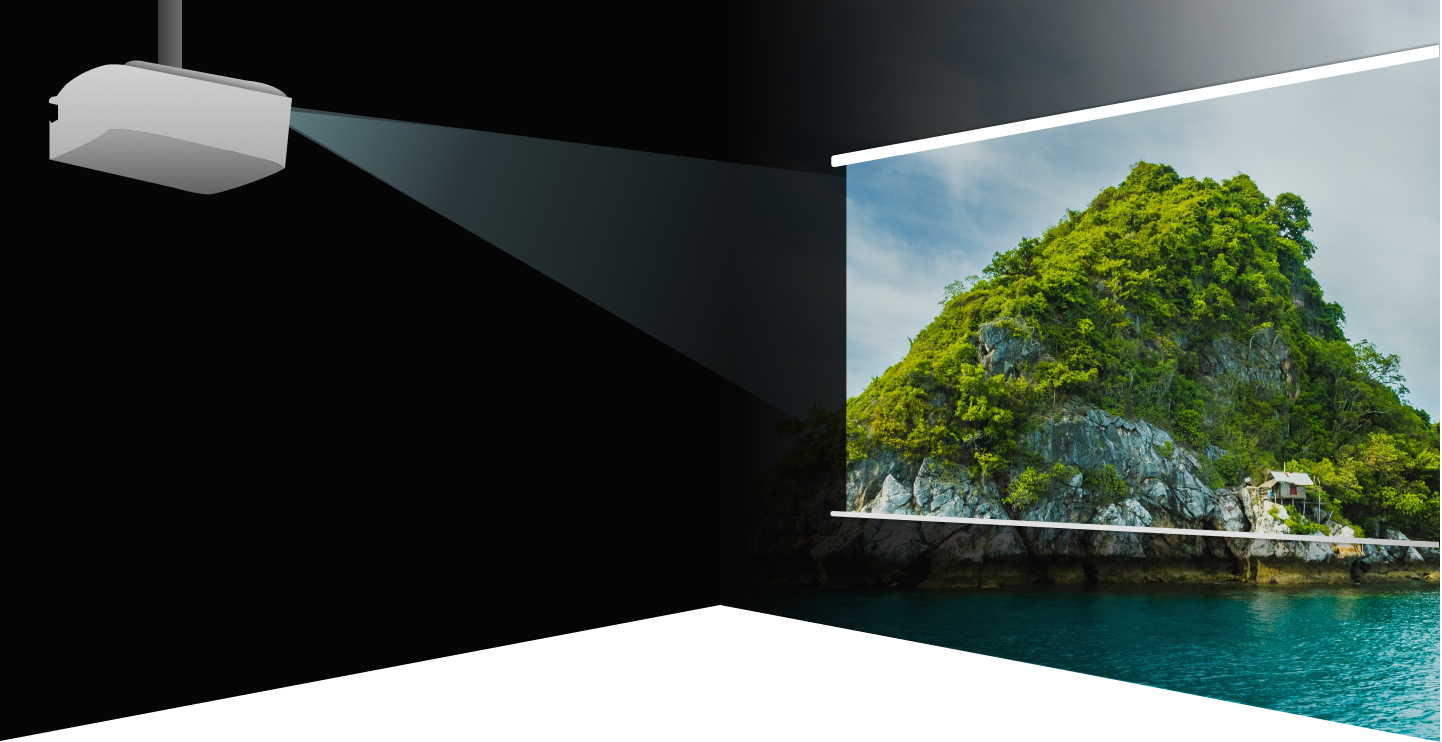
How much ventilation
is required?
Most people don’t think about ventilation when buying a TV.
However, you should do, especially if you’re buying tech from the top end of the market. However, if you’re creating a modern looking and feeling media room, with your TV sitting on top of a cabinet, that will typically be adequate.
In contrast, you will likely need to have a specific plan in place for ensuring your projector unit receives adequate ventilation. Unfortunately, it isn’t as straightforward as just relying on your projector’s internal fan!
If you’re limited by the space you have in your media room, you may not be able to do much more than ensure your projector is placed far enough away from the wall to ensure your kit can pull in cool air and expel hot air.
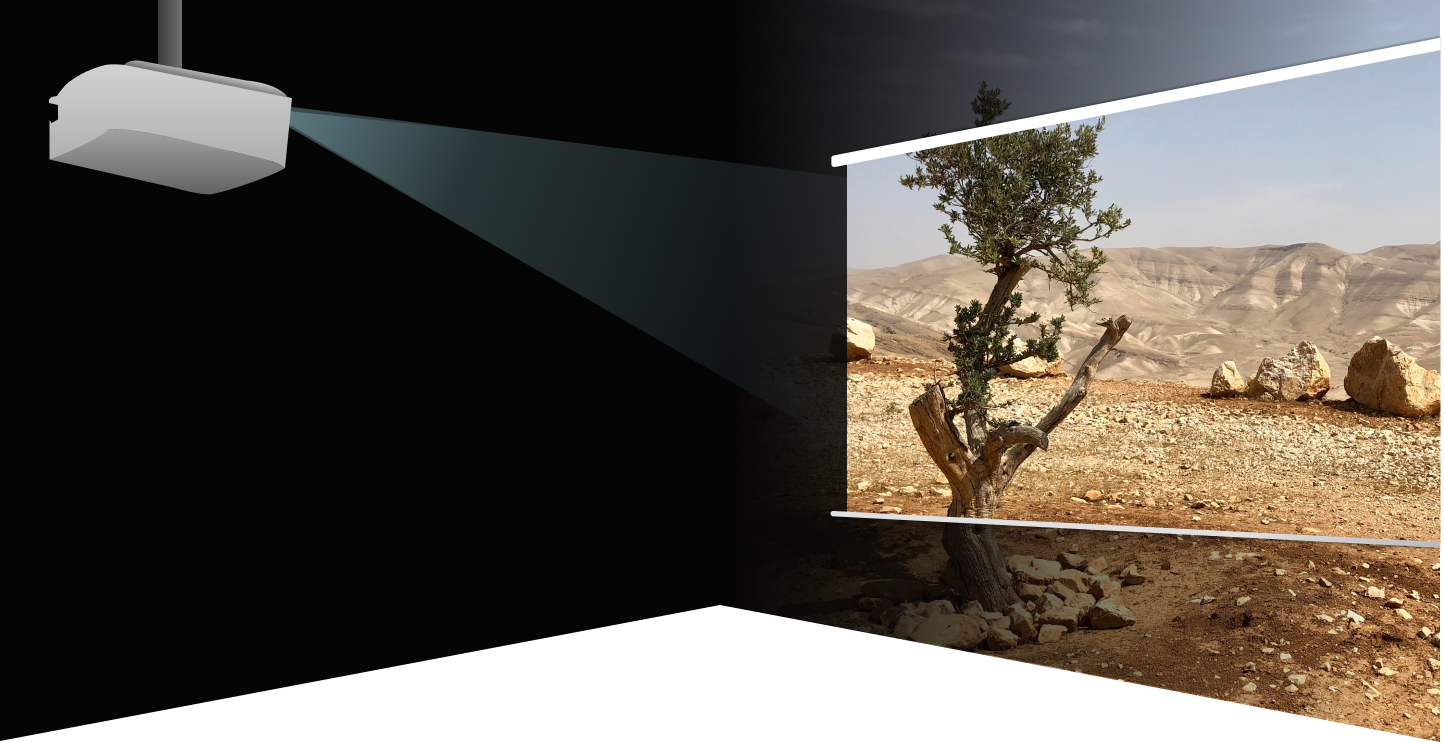
Ongoing maintenance
Projectors require far more ongoing maintenance than TVs.
In most cases, you’ll buy a new TV before things like LED burn-in or other things become a factor. If you buy a 4K OLED TV today, it will last you long enough that when it’s time to buy a new one, the price of 8K TVs will have dropped to be far more affordable.
Of course, you should be diligent in cleaning the screen and keeping your device as dust and dirt-free as possible while also keeping connections clean.
In contrast, your projector bulbs might need replacing as often as once a year.
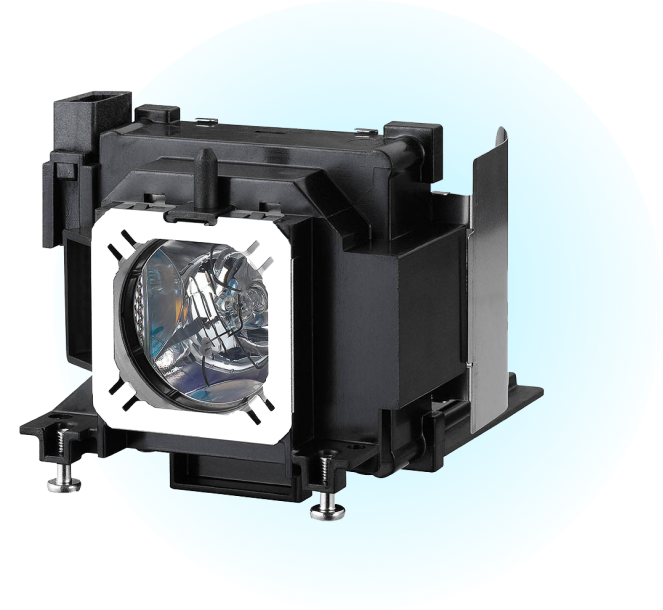
In addition, you’ll find it almost impossible to stop dust from getting into your projector. This can lead both to performance issues, potential overheating, and your fan getting even noisier! You can perform remedial maintenance for these issues reasonably smoothly. Still, a TV is the best choice if you want as hassle-free an experience as possible.
If you’re set on having a projector, then shop around for laser projectors. Although these won’t give you better performance, they will eliminate the need to change your projector bulbs.
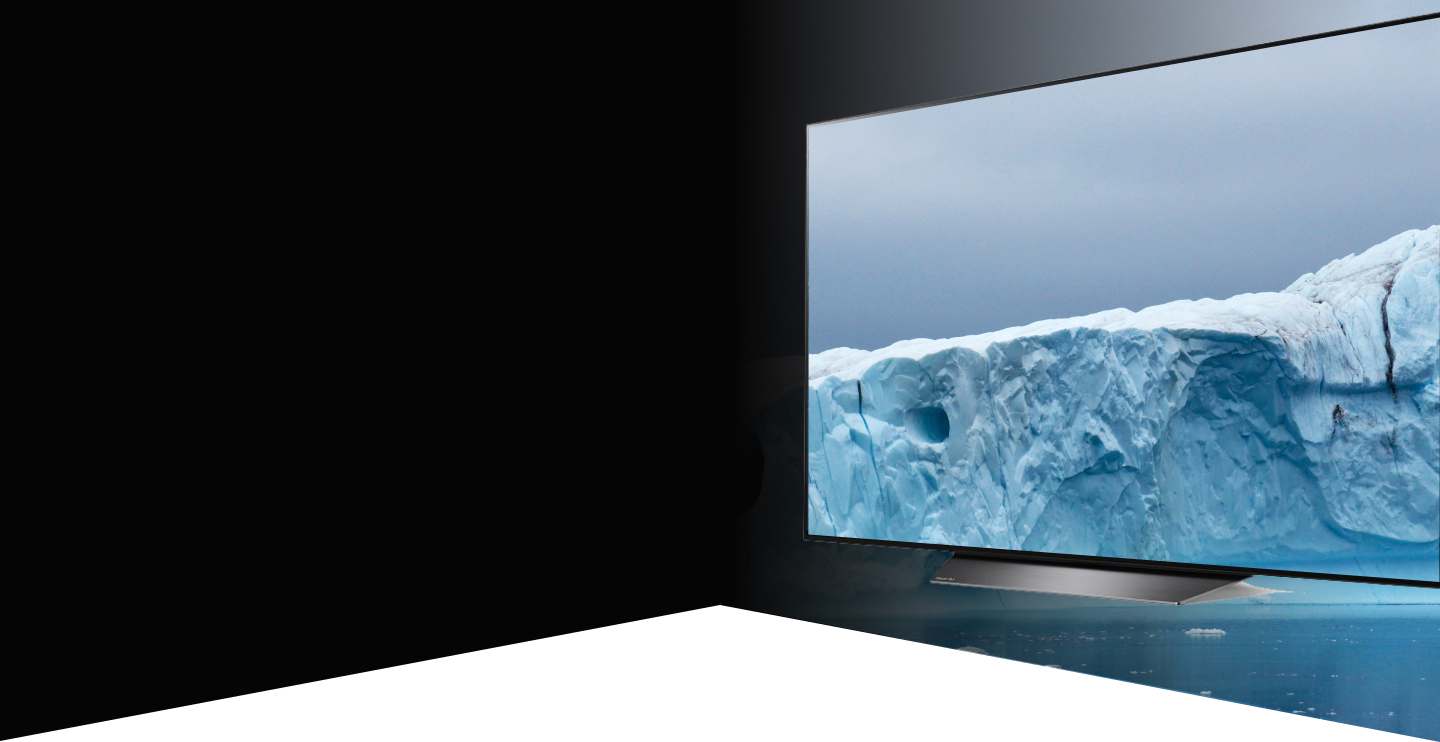
Where are technological
trends going? Should I
buy with these in mind?
The technology found in TVs and projectors is continually advancing.
The bottom line is that we’re talking about hardware and not software here.
If you’re asking yourself this question in the context of falling prices, we’re already at a point where 4K technology is reasonably affordable. At the same time, 4K is not yet considered a mainstream resolution. It’ll likely be the middle of the decade, at the earliest, before 8K starts to become a large part of the market and prices begin to drop.
Forget about the future and buy the best TV or projector for the here and now. That means 4K with the best possible HDMI capability and smart features if you’re buying a TV.

Should you choose a
projector or a TV?
There is little to choose between the two overall.
If budget is something you need to consider
If you’re on a set budget, think about what you can get for what you want to spend, and then go from there.
If budget isn’t something you need to consider
If budget isn’t something you need to consider, then it comes down to the space you have, convenience, ongoing maintenance needs, and frankly, what you prefer!
Still, projectors have recently caught up to TVs in terms of going up to 120Hz refresh rates and beyond, as well as offering HDMI 2.1 compatibility.

Refresh rate
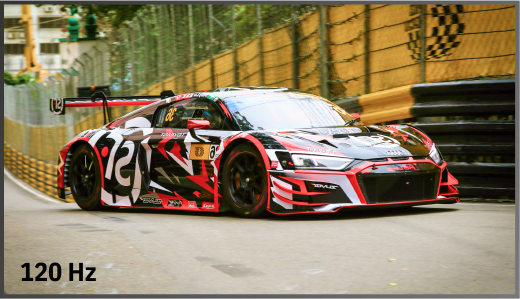

HDMI 2.1

However, projectors aren’t quite there yet, when it comes to delivering variable refresh rates, so if that’s going to be a dealbreaker in your decision, choose a TV.
Otherwise, pick the tech that works for you!
- How bright are projectors?
- What can I use as a screen for a projector?
- What is throw distance?
- What are the types of projectors?
- What are the important features of tv’s?
- What are the lighting issues of projectors?
- How to install tv’s?
- How to install projectors?
- What ongoing maintenance is there for projectors?
- Should I get a projector or a tv?
- What technological trends are going on?
- What sound systems do projectors have?
- Best Loveseats
- Best Place To Get Theatre Seats
- The Best Sofa
- Entertainment Recliners
- How Big Is A Loveseat
- Sofas Prices
- Sofa Loveseat Combos
- Sofa Vs Couch
- Folding Theater Chairs
- 2 Seat Chair
- Home Theater Sofa
- Leather Chair Leather
- Best Recliner Sale
- Modern Movie Theater Moving Chairs
- Theatre Seating Under 500
- Leather Chairs For Movies
- Best Deals Leather Sofas
- Who Has Recliners On Sale
- Theater Room Recliner For Sale
- Style Recliner
- Customizable Sofa
- Palliser Home Theatre Furniture
- Octane Leather Home Theatre Recliner
- Theaterseatstore Palliser
- Quality Sofa Brands
- Black Microfiber Sofa
- Sofa Console Tables
- Power Reclining Sofa With Heat And Massage
- Small Couches With Storage
- Super Comfortable Couches
- Couch With Charger
- Modern Black Leather Sofa
- Media Room Riser Platform
- Burgundy Leather Power Recliner
- Theater Carpet Home
- Octane Seating Xl700
- Electric Wall Chair
- Chair Power
- Theater Chair Table Arm Insert
- Theater Chairs With Riser
- Best Sofas With Massage
- Movie Chair Best Buy
- Octane Seating Home Theater
- Best Tv Chairs
- Theater Room Chaise
- Microfiber Sofa Sets
- Electric Recliner Couch
- Real Leather Sofa
- Luxury Couches
- 3 Seater Reclining Sofa
- Oversized Sofa Set
- Compact Sectional Sofas
- Modern Sofa Set
- Entertainment Room Furniture
- Fabric Theater Recliner
- Stadium Seating For Theater Room
- Leather Recliner Chair Small
- Theater Chairs Single For Home
- Commercial Cinema Seats
- The Perfect Cuddling Couch
- Black 4 Seater
- Sofa Stadium
- Leather Recliner Oversized
- Theater Seating 1 Chair


